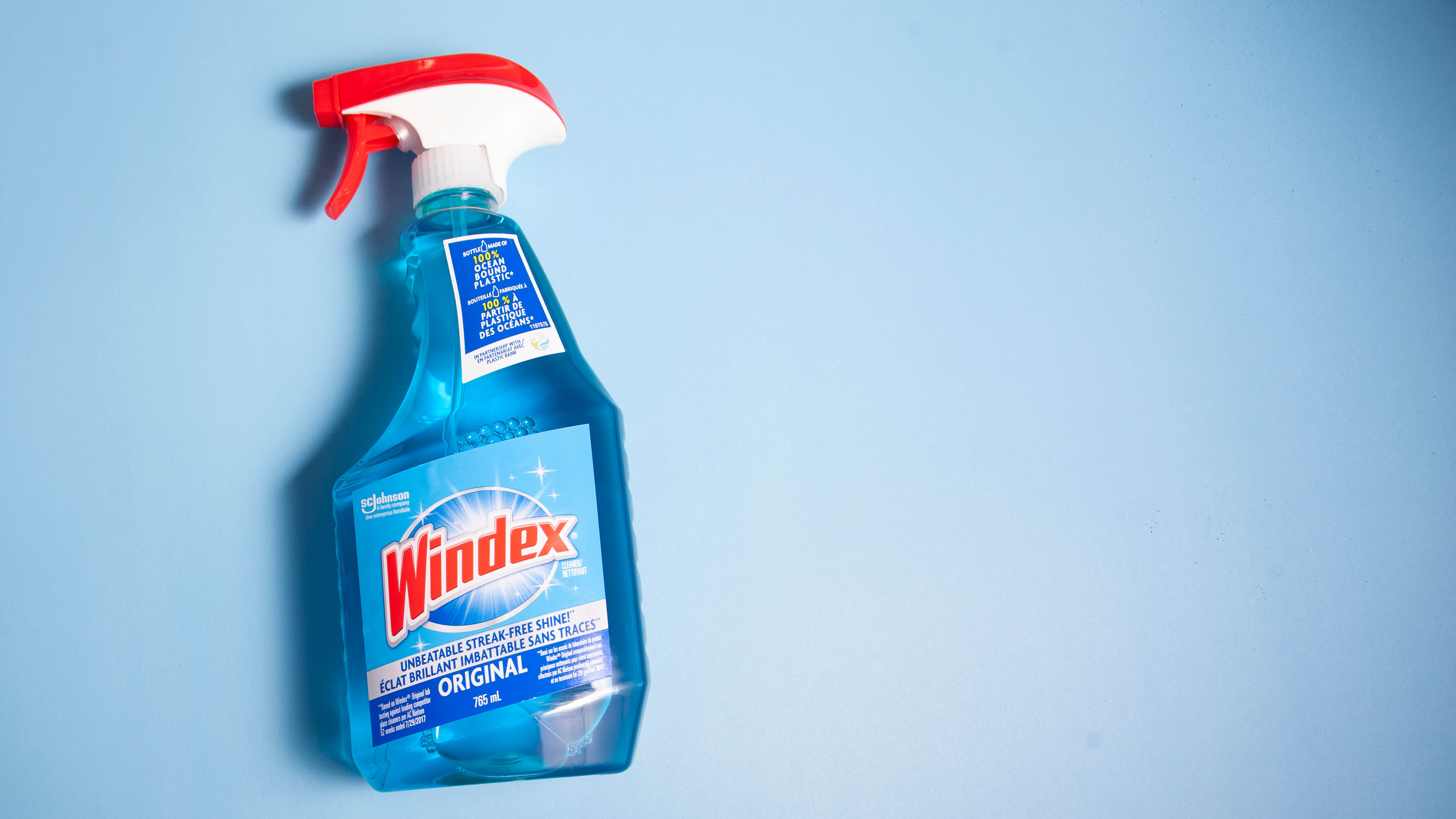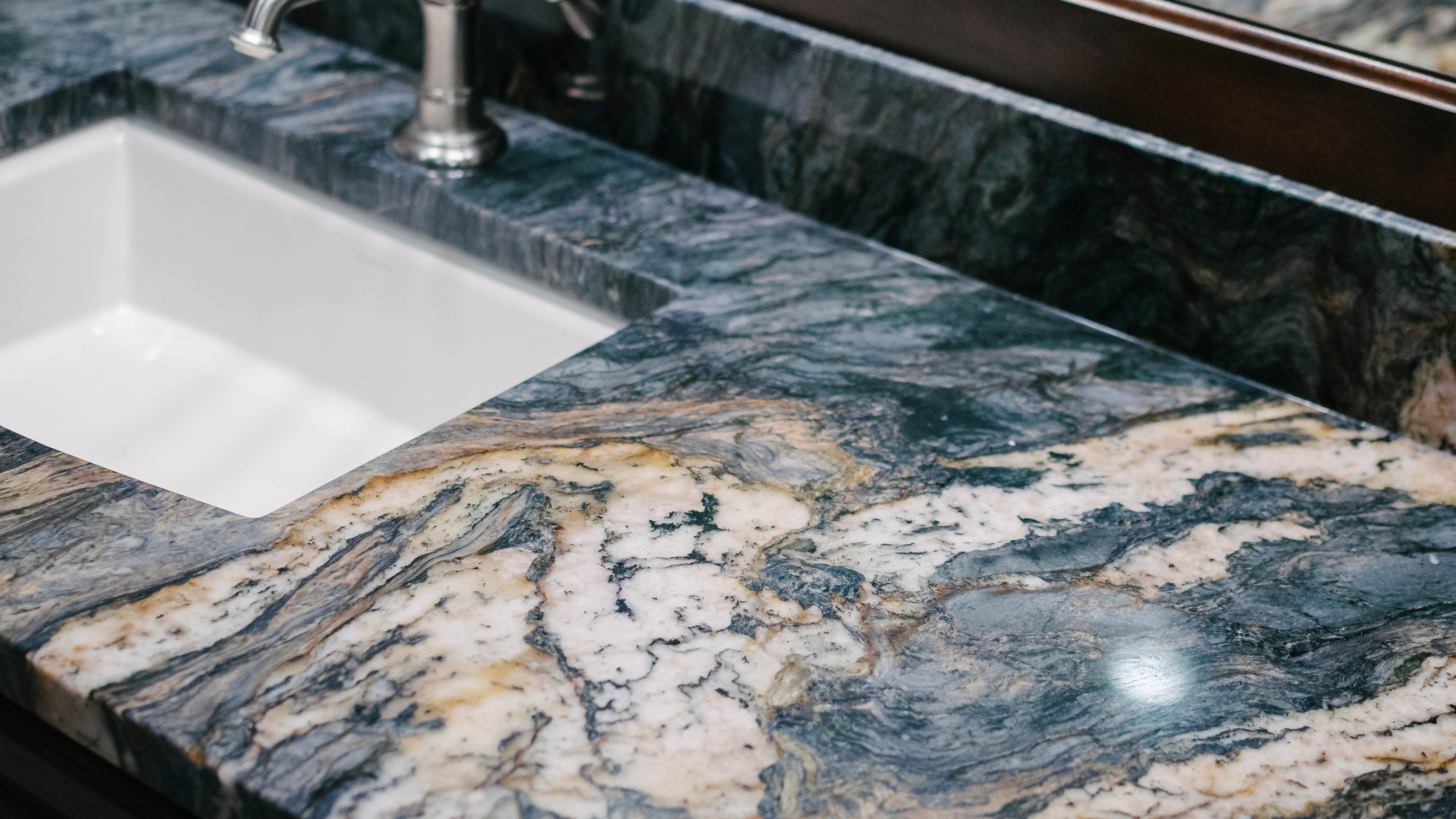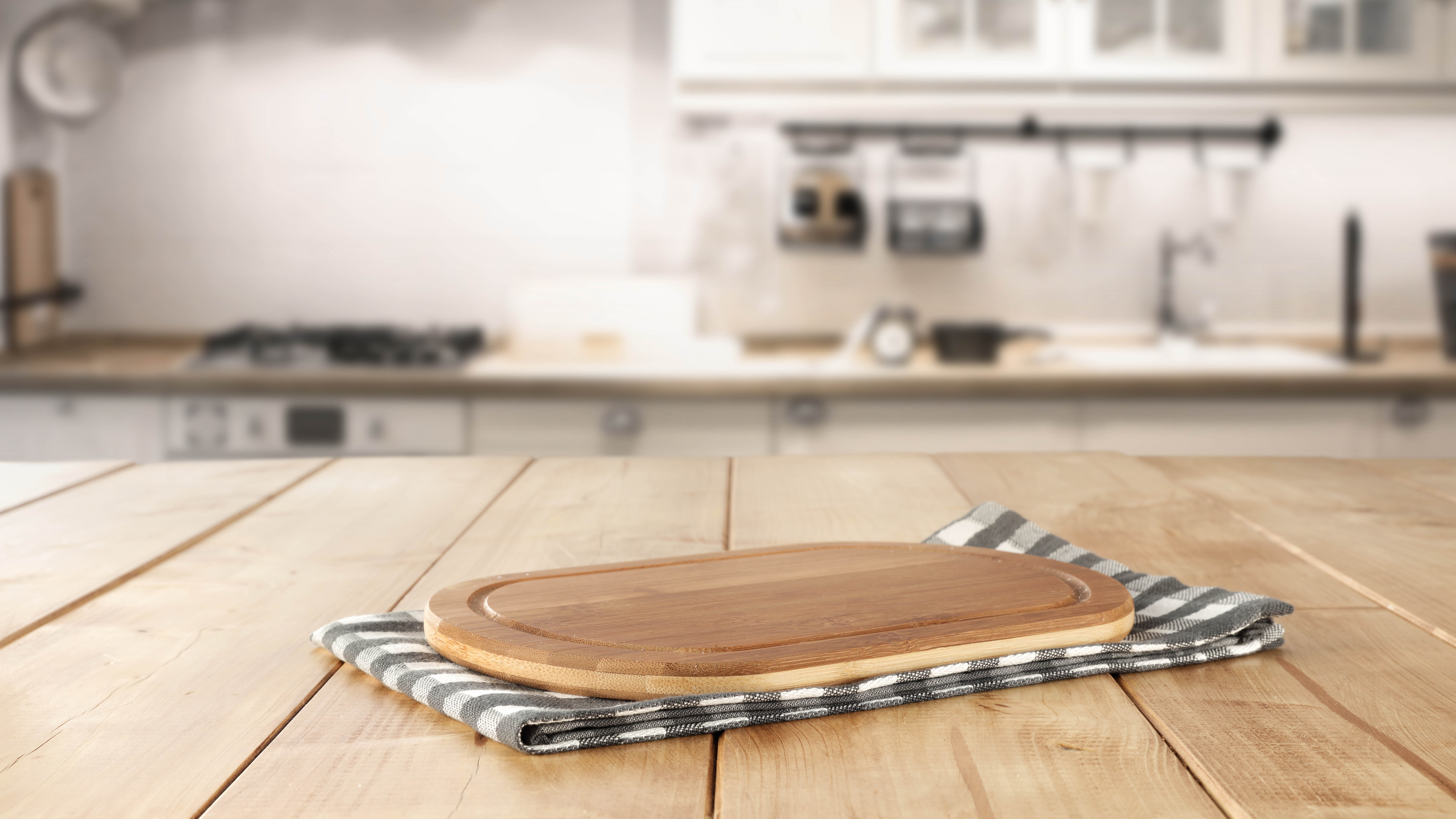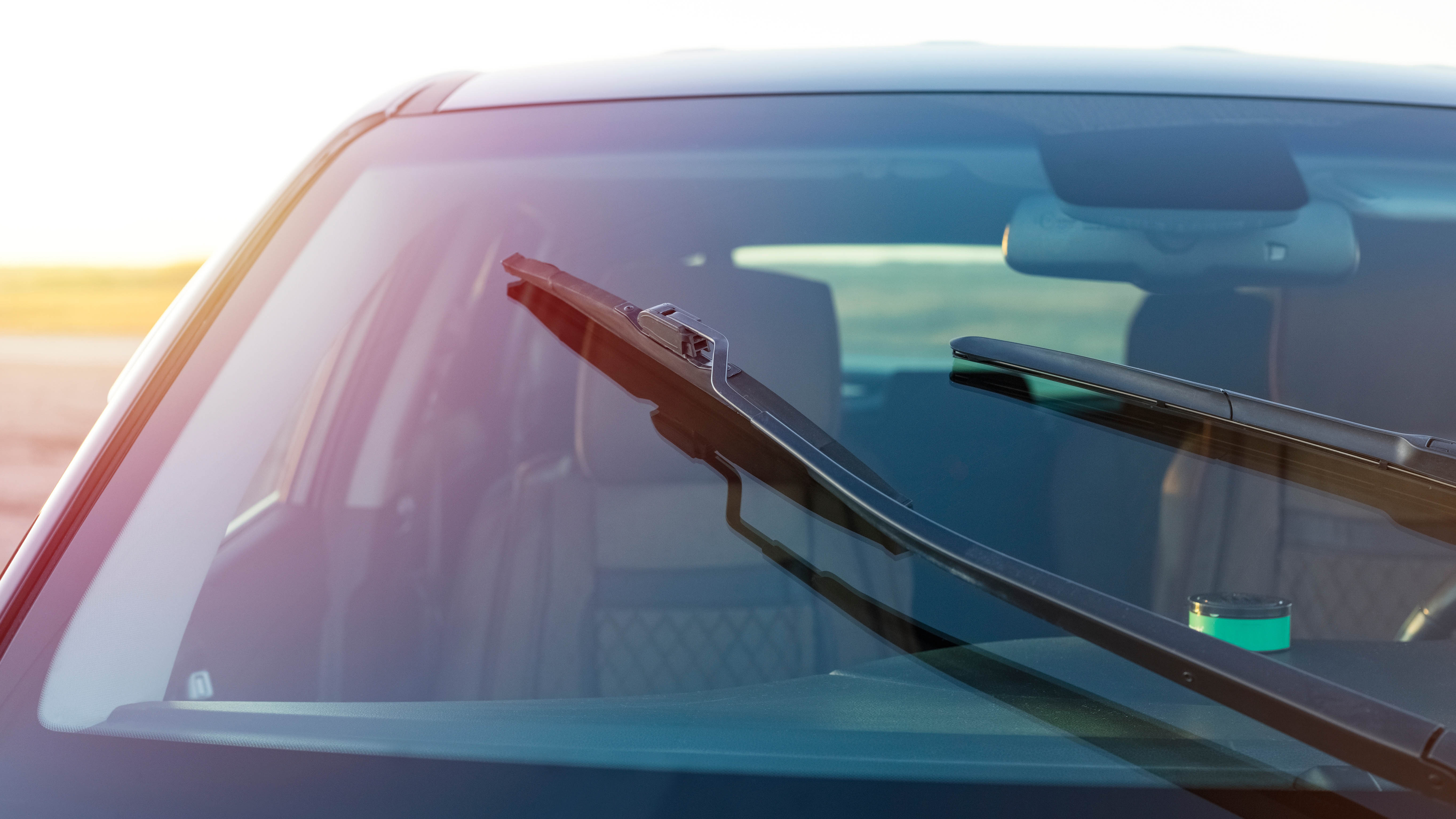7 things you should never clean with Windex

Windex is one of the oldest and most popular cleaners, specially formulated with a combination of ammonia, alcohol, surfactants, and solvents to remove dirt, grease, grime, fingerprints, and streaks from household mirrors and glass. Because of its reasonable price and convenient plastic spray bottle, it’s used for many other purposes as well – and sometimes for the wrong ones.
When we talk about Windex, we refer to the Original Windex formula ($3.37, Amazon), a blue liquid whose predominant ingredients include water, Isopropyl alcohol, 2-Hexoxyethanol, Ammonium hydroxide (Ammonia), isopropanolamine, sodium dodecylbenzene sulfonate, lauramine oxide, fragrance, and color.
The water dilutes the ingredients while the other chemicals aid in the stability of the formula, while adding a pleasant scent and the distinctive blue color. It is a strong solution, but not anti-bacterial. That is reserved for another Windex formula called Windex Disinfectant Multi-Surface Cleaner ($4.29, Amazon), a yellow liquid that’s marketed as a disinfectant for hard surface germs, viruses, and bacteria. Windex also comes in other specialized formulas, but we concentrate here on the original blue formula, as it’s the best known of all the Windex products. While Windex is great for its intended, though limited purpose, we outline seven types of surfaces where Windex will do more harm than good.
Plus, these are the 7 things you never knew you could clean with denture tablets. And check out these 9 things you should never clean with an all-purpose cleaner — you’ll be surprised.
1. Leather furniture

Cleaning leather chairs or couches with Windex means applying two destructive substances onto a delicate, porous surface. Both ammonia and alcohol are known to degrade the quality of leather and shorten its lifespan. It can also leave a nasty odor. Ammonia breaks down pigments in the leather’s external top coat and damages its protective finish, often causing it to change color. Alcohol can degrade leather furniture’s natural surface oils. With diminished natural oils, leather can crack, which makes it even more susceptible to stains and dirt.
If that’s not enough, another Windex ingredient, 2-Hexoxyethanol, is a skin irritant that can cause redness and itching and can be harmful if inhaled, causing respiratory problems, headaches, and nausea.
The best way to clean leather is with warm soapy water, using a damp microfiber cloth to rub a small bit of solution on your leather surface, then wipe away with a fresh damp cloth. To clean off grease, set a small bit of baking soda on the spot and leave it for three hours before wiping it off. For full instructions, see how to clean a leather couch.
Get instant access to breaking news, the hottest reviews, great deals and helpful tips.
2. Plexiglass

Plexiglass is often used as a more durable, less breakable alternative to glass. Unlike glass, the one thing you don’t want to clean it with is Windex. The ammonia-based Windex formula, will melt the plastic and eat into the acrylic surface over time. Instead of leaving the surface clean and shiny, Windex creates microfractures in the surface that mar the finish, causing it to look cloudy
A spray bottle filled with water mixed with a few drops of mild dish soap, or a solution of white vinegar and distilled water, does a proper job of cleaning plexiglass. Do not use paper towels to distribute these liquids if you want the best results, as they could leave scratches on the surface. Instead, use a microfiber cloth or lint-free rag. Finish by buffing it to a high shine.
3. Flat screen TVs or computer screens

Spraying any kind of liquid on a flat screen TV or computer monitor is asking for trouble. The original Windex ingredients of ammonia and alcohol are particularly destructive to delicate monitors by damaging the screen’s plastic surface and possibly altering the color tint. Specially formulated screen cleaners advertise that they do not contain these offending ingredients.
Cleaning TV and monitor surfaces requires some sleight of hand. In addition to avoiding traditional cleaners like Windex, avoid directly spraying any liquid onto a monitor surface no matter how gentle. Instead, spray the solution on a microfiber cloth and then brush lightly over the screen surface. Don’t press down hard, as it scratches easily. If you have a really dirty screen, and your TV or monitor allows it, you can apply a dedicated screen-cleaning solution for superior cleaning action, but use extreme caution. For instance, Windex does make a product called Windex Electronics Wipes ($15.87, Amazon) specifically for use on flat screen TVs and computer monitors.
For full directions, see how to clean a TV screen without damaging it.
4. Granite, marble or other natural stone

Stone floors and counters may appear indestructible, but that is deceptive. Natural stone countertops and floors have a protective seal that keeps them shiny and resists staining. Windex chemistry is too strong for that kind of surface and acts to break down the protective seal, rendering your beautiful kitchen and bathroom floors and countertops dull.
The best and easiest way to clean such surfaces is to use simple soap and water or a cleaner like Boma Granite Gold Daily Cleaner ($9.99, Amazon), which is specifically designed for granite, marble, natural stone, and quartz surfaces.
5. Wood

Wood is another natural surface that Windex can damage by altering the wood’s appearance and making it vulnerable. Windex used on wood can cause discoloration from its harsh ammonia and solvents, which act to weaken or remove the wood’s protective finish and cause it to lose its color and luster. Ammonia interacts with the wood’s natural tannins, which can cause darkening and color changes, while chemical reactions between ammonia and tannins can cause staining.
Windex can also dry out wood floors because of the Isopropyl alcohol content and other solvents in its formula. These ingredients can weaken and eventually break down the varnish, lacquer, or wax protection of the wood, which is there to retain its moisture. Once the finish is compromised, wood can lose moisture quickly.
6. Bathroom tubs, showers, sinks, toilets

Remember, the original blue Windex is not a disinfectant, so using it on anything in the bathroom – except the mirror – will not accomplish your disinfecting goal. With bathtubs, showers, and toilets, you need bleach- or peroxide-based products like Lysol All Purpose Cleaner ($22.99, Amazon) or Ajax Powder Cleanser with Bleach ($12.99, Amazon) which kill bacteria, mold, mildew, and soap scum without damaging delicate porcelain or fiberglass surfaces.
Lysol is also excellent for cleaning shower and tub glass doors, some of which may be built with a protective coating that could get damaged by Windex ingredients. Trying to remove soap scum from a shower door is a losing battle with Windex, as it simply does not work.
Soap scum is caused by minerals in water combined with fatty acids in bar soap and possibly dirt, dead skin, and bacteria. To get rid of it, mix equal amounts of distilled white vinegar and water with a tablespoon of dish detergent and then spray tub, shower, or shower glass and allow the solution to soak for 15 minutes before scrubbing it off. For soap scum buildup use a mixture of one cup of baking soda and 1 ⁄ 4 cup of white vinegar to form a paste that you can apply to shower doors. Apply and wait 20 minutes before scrubbing and rinsing.
For more cleaning tips, see how to clean a glass shower door — get rid of limescale and watermarks.
7. Car Windshields

This may come as a surprise, but Windex is not the best cleaner for maintaining your car windshield or windows. While some windshields can tolerate Windex’s harsh chemicals, why take that chance? For many windshield brands, Windex ingredients can damage the protective coating and cause the glass to become cloudy, scratched, hazy, or cracked over time. This is especially true for tinted car glass or windshields treated with a hydrophobic coating. Windex can damage both the tint and the window’s protective layer.
Note that Windex can also leave residue on the windshield’s rubber trim – another good reason to avoid using it. Windex is inappropriate for other parts of the car as well, as it is too strong for paint and can strip away the wax finish.
Rather than Windex, look for a non-abrasive auto-specific class cleaner like Rain-X Auto Glass Cleaner ($2.89, Amazon) or just use a mild soap and water solution paired with a microfiber towel to keep car windows sparkling, streak-free, and protected from the elements.
More from Tom's Guide
Jackie is an obsessive, insomniac tech writer and editor in northern California. A wildlife advocate, cat fan, and photo app fanatic, her specialties include cross-platform hardware and software, art, design, photography, video, and a wide range of creative and productivity apps and systems. Formerly senior editor at Macworld and creativity editor at The Next Web, Jackie now writes for a variety of consumer tech publications.

